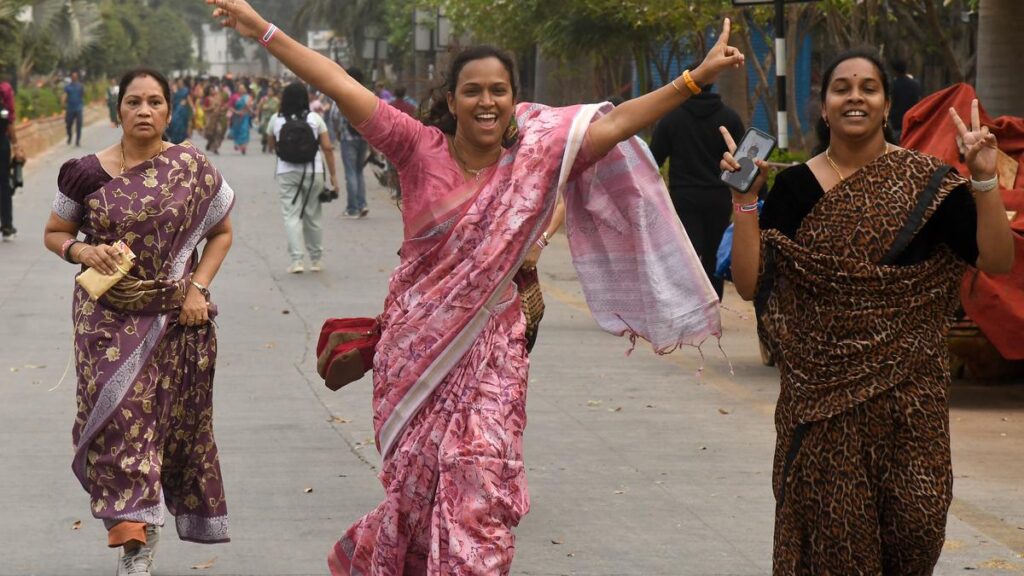Hyderabad Women, Prepare to Sprint in Saris and Sneakers!

Empowering Women Through Fitness: The Saree Run Movement
Jayashree Mudaliar is pioneering a movement that encourages women in their 30s, particularly homemakers, to embrace fitness and break stereotypes. The Saree Run, an event she initiated, celebrates women who juggle multiple responsibilities at home while prioritizing their health and well-being.
The journey began with a simple yet powerful idea to inspire women in mid-life to step outdoors and participate in a fitness-focused event. By targeting homemakers, Mudaliar aims to challenge the notion that fitness is exclusive to certain cultural or socioeconomic backgrounds. She emphasizes that the women who participate in these runs are just like any other, facing everyday challenges but still striving to carve out space for themselves and maintain a healthy balance in life.
From its modest beginnings in Bengaluru, where only 20 women took part, the Saree Run has blossomed into a vibrant spectacle of color and camaraderie. Some donned the traditional nauvari sari, while others opted for the elegant nine yards draped in South Indian, Coorgi, or Gujarati styles.
Now, the Saree Run is set to make its mark in Hyderabad, with a meticulously planned three-kilometer route lined with hydration stations and refreshments. Safety is a top priority, with two medical ambulances staffed by lady doctors and nurses on standby throughout the event. Mudaliar’s vision goes beyond just a run; she aims to create a carnival-like atmosphere that promotes awareness of the importance of fitness while offering participants a chance to have fun and bond with friends.
The Saree Run movement transcends mere physical activity; it symbolizes empowerment and inclusivity. By encouraging women from all walks of life to embrace fitness in their own unique way, As the Saree Run continues to expand its reach and inspire women across cities, it serves as a testament to the transformative power of collective action and shared passion.
Repurposed article originally published in The Hindu.







